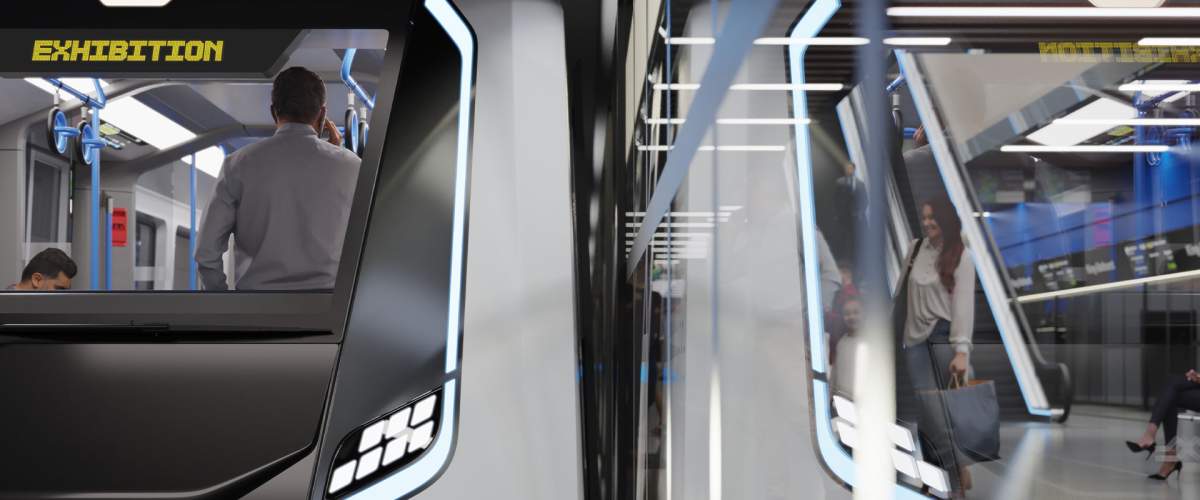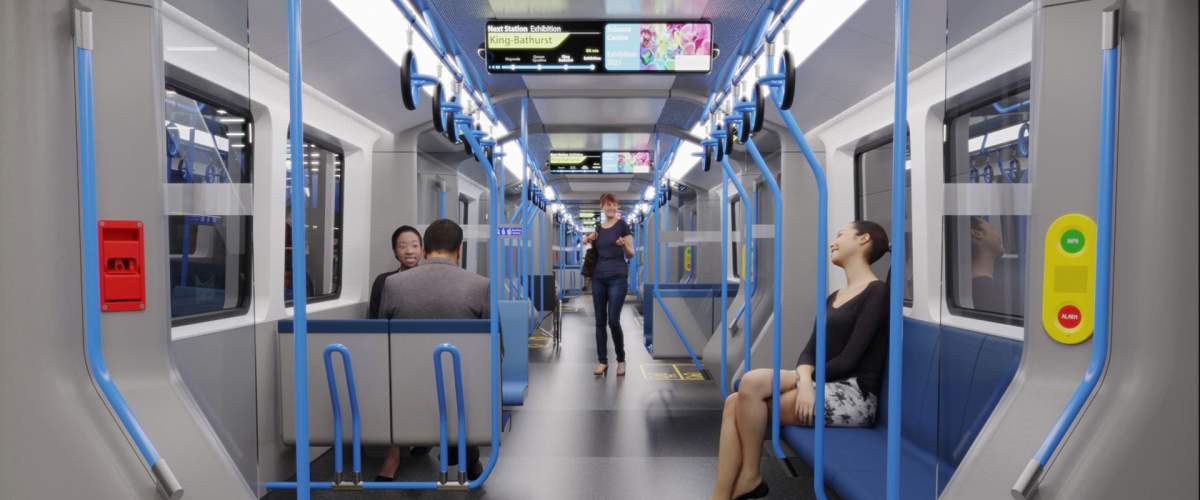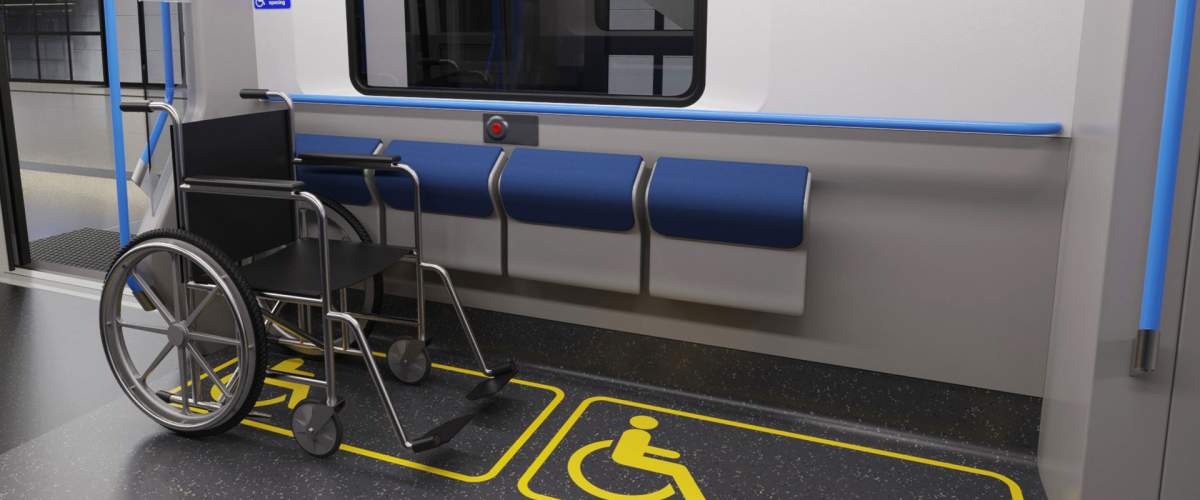Renderings have been released for what the subway trains will look like running along the Ontario Line.

The preliminary design photos were released by GFG Rail, an Italian company, which was commissioned by the consortium Hitachi Rail in charge of producing the trains.
The Ontario Line, a 15.6-kilometre subway line which is set to run from the Ontario Science Centre to Ontario Place, was unveiled by Premier Doug Ford in 2019 as part of a multi-billion dollar subway expansion plan.
Construction for the line broke ground in March 2022. The line was originally due to be completed by 2027, although Metrolinx has since been coy about its completion date.
In a press release, GFG Rail said their designs would “transform Toronto’s mass transit network” via the Ontario Line subway project “consisting of a new fleet of driverless subway trains that will run up to every 90 seconds through heart of the city.”
“Our design idea was that a contemporary vehicle projected towards the future must be characterized by a safe yet iconic appearance,” the press release read.
The trains would move up to 30,000 people an hour in each direction, stopping at 15 stations, GFG rail wrote. It also noted different types of seating for passengers, those with bicycles and in wheelchairs to “provide maximum capacity and flexibility.”
Here is a look at the renderings:












Comments